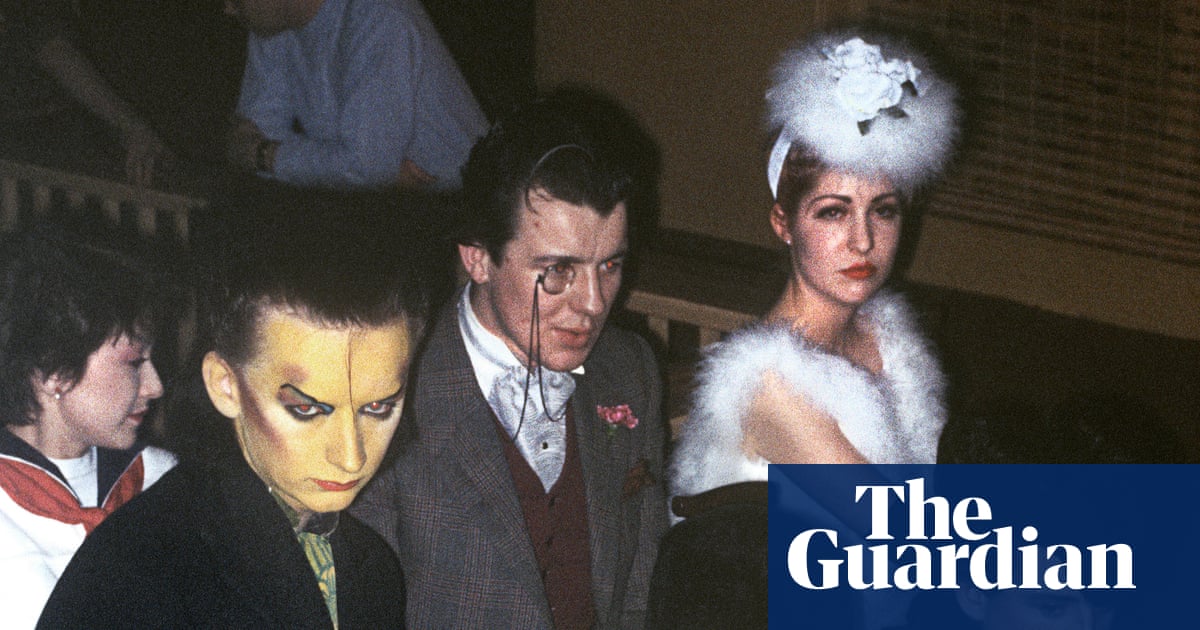
"Set up by scenester Rusty Egan and aspiring pop star Steve Strange, who went on to have a Top 10 hit, Fade to Grey, with his band Visage, the Tuesday night party in a 200-person capacity space swiftly became the place to be seen if you were young, cool or creative. Famously, it spawned era-defining pop stars including Spandau Ballet, Sade and Boy George. Equally, though, fashion was central to its success."
"The exhibition includes items made by regulars such as the fashion designer Stephen Linard, who worked with David Bowie and Boy George, milliner Stephen Jones, BodyMap's David Holah and Stevie Stewart, and Darla Jane Gilroy, who featured in the 1980 video for Bowie's Ashes to Ashes. It also showcases the sometimes breathtaking creativity of the clubbers' outfits. The experimentation led to them mixing 1940s tailoring with theatrical costumes, charity shop finds, full faces of makeup and hair that defied gravity."
"In a video shown in the exhibition, one club-goer describes how it takes three hours for her to get ready to go out. Lesley Chilkes wearing an ensemble by David Holah at the Blitz, about 1979. Photograph: Derek Ridgers/Unravel Productions The objects included here from club flyers to record covers and early editions of magazines such as i-D and the Face are worth examining. But it's the images of the so-called Blitz kids that most convincingly display the moment in time."
The Blitz opened at 4 Great Queen Street in Covent Garden in February 1979 and closed in October 1980. Rusty Egan and Steve Strange ran Tuesday nights in a 200-person capacity space that became a creative nexus. The club helped spawn artists including Spandau Ballet, Sade and Boy George and influenced wider UK pop culture. Fashion defined the scene, with regulars producing garments, millinery and bold styling that mixed 1940s tailoring, theatrical costumes, charity-shop finds, heavy makeup and gravity-defying hair. Museum displays feature clothing, photography, magazines, flyers and recreated bar elements, while photographs of Blitz kids capture the era's striking aesthetic.
Read at www.theguardian.com
Unable to calculate read time
Collection
[
|
...
]